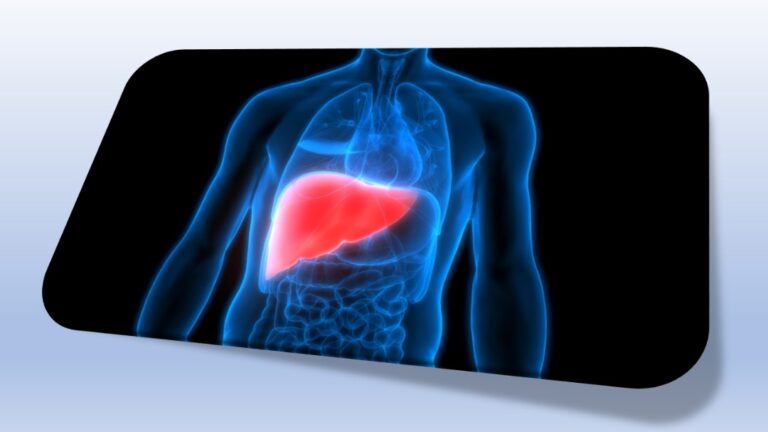
Hepatitis is a viral infection which causes liver inflammation. Hepatitis comes from the Ancient Greek word “hepat” which means liver and the Latin word “itis” which means inflammation.
There are five types of hepatitis, which is named after the virus that causes it. The five types are Hepatitis A (HAV), Hepatitis B (HBV), Hepatitis C (HCV), Hepatitis D (HDV), and Hepatitis E (HEV). Among these types, Hepatitis A and E are caused by the ingestion of contaminated food or water. Hepatitis B, C, and D are usually transmitted by contaminated blood or blood products, invasive medical procedures that used contaminated equipment, transmission from mother to baby at birth, from family member to child, and by sexual contact.
TYPES OF HEPATITIS
Hepatitis A
Hepatitis A virus is usually present in the faeces of infected persons and is transmitted by consumption of contaminated food or water. Anal-oral contact during sex can also be a cause of hepatitis A. Since this infection is mild in many cases, most people make a full recovery and do not lead to chronic disease. However, it can also be severe and life-threatening since most areas in the world have poor sanitation.
Hepatitis B
It is a sexually transmitted disease which is caused by the virus HBV. It is usually spread by contact with infected blood, semen, and some other body fluids. One can also be infected by:
- Being bitten by an infected person.
- Transfusions of HBV-contaminated blood and blood products.
- Use of contaminated injections during medical procedures.
- Sharing personal items such as razors with an infected person.
- Using a mother’s milk that is infected to feed a baby.
Hepatitis C
HCV is spread by direct contact with the blood of an infected person. But unlike in persons with Hepatitis B, liver cancer is only increased in people with cirrhosis and only a few Hepatitis C patients get cirrhosis. This is because their liver swells and becomes damaged.
Hepatitis D
Occurs only to patients who are infected with HBV. The combination of HBV and HDV infection result in a more serious disease with a worse outcome. Though the Hepatitis B vaccine can provide protection for Hepatitis D, the infection can still come through contact with infected blood, unprotected sex, and perforation of the skin with infected needles.
Hepatitis E
Like Hepatitis A, Hepatitis E is transmitted through the consumption of contaminated water or food. The spread of HEV is common in developing countries, which is why it is seen as an important cause of hepatitis outbreaks. Though an infected person’s liver swells, there is no long-term consequence for it.
Common Symptoms of Hepatitis
People with hepatitis are undiagnosed because they’ve mistaken it for flu and sometimes there are no symptoms at all. The most common symptoms of hepatitis include:
- Loss of appetite
- Fatigue
- Mild fever
- Muscle or joint aches
- Nausea and vomiting
- Abdominal pain
- Diarrhea
- Vomiting
- Weight loss
Sometimes, there are other symptoms like:
- Dark urine
- Internal bleeding
- Generalized itching.
- Jaundice
- Light-colored stools
Prevention of Hepatitis
Many actions can be taken to reduce the chance of being infected by hepatitis. Though there are safe and effective vaccines available to prevent HAV and HBV, the vaccine for HEV is not widely available. Up to this date, there is still no vaccine for HCV.
- Get vaccines for hepatitis A and B.
- Wash your hands with soap after going to the toilet.
- Consume only cooked foods.
- Avoid tap water when traveling to certain countries or regions.
- Don’t share drug needles, inhalant devices, or take drugs.
- Use a latex condom and practice safe sex.
- Don’t use an infected person’s personal items such as razors or toothbrushes.
- Take precautions when getting tattoos, body piercing, or manicures and pedicures. If possible, bring your own manicure kit. Make sure that the instruments are cleaned or disposable.
- Take precautions too when traveling to areas with poor sanitation.